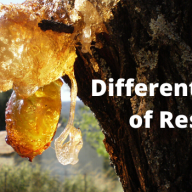Natural Colorants For Cosmetics: What You Need To Know

Colour plays an integral part in marketing cosmetics and skincare products. Colors give attractiveness to cosmetic products and help to drive the attention of customers. Earlier, synthetic colors were used as colorants for beauty products. However, the toxic impact of synthetic dyes has paved the way for use of natural dyes. You obtain natural dyes from pigments that microorganisms and the phytochemicals that a wide range of plants produce. Usually, animal pigments are the least used as colorants. The cosmetic industry nowadays opts for Natural Colorants Suppliers In India who distribute natural pigments as colorants for the manufacturing of skincare products. This blog is a comprehensive guide that helps you to understand everything about natural ingredients for cosmetics.
Understanding Various Types of Cosmetic Colors
You can classify cosmetic colorants into two categories: they are both organic and inorganic color additives. Organic ingredients represent the chemical structure of the additive, which means it contains carbon atoms. Organic pigments are further divided into three: they are botanicals, synthetic dyes, and lakes. Under inorganic color additives, you see the mineral pigments, which generally could be Zinc oxide and Iron Oxide. Cosmetic brands are making their journey towards natural color additives to provide more natural and cleaner products. The cosmetic colorant suppliers in Delhi have 100% naturally sourced colorants in vibrant tones available to the industries in water-soluble and oil-soluble forms based on the preferences.
Also: Melamine Uses: A Brief About Melamine Uses
What are Natural Additives?
Due to the growth in the natural products sector, the interest in natural cosmetic ingredients has grown tremendously. Natural cosmetic colors are available in the market in the form of liquid, powder, paste, and dispersion forms. Natural carriers for the dispersions usually include the sources like glycerin gel, lecithins, vegetable-derived glycerin, etc.
While talking about natural cosmetic colorants, you might think about 100% natural additives which means botanical colorants. Plant materials come in various colors like bright red, natural pink roses, butterfly pea flowers in blue, yellow turmeric, leaves in green colour, and irises in purple colour. Why don’t we leverage the benefits of the endless color palette while producing natural makeup?
Colored Cosmetics are never living beings like plants, hence they behave differently. Hence, the molecules that impart color to plants don’t work the same as those in the wardrobe for months. Hence, when you extract the botanical ingredients, it is important to understand that they stay well when being inside the plant cells. Once extracted, they behave differently with lighter color due to the factors like exposure to light, pH, and oxidation.
Also Read: What Is Cardanol? Cardanol Uses And Manufacturing Process
History of Natural dyes
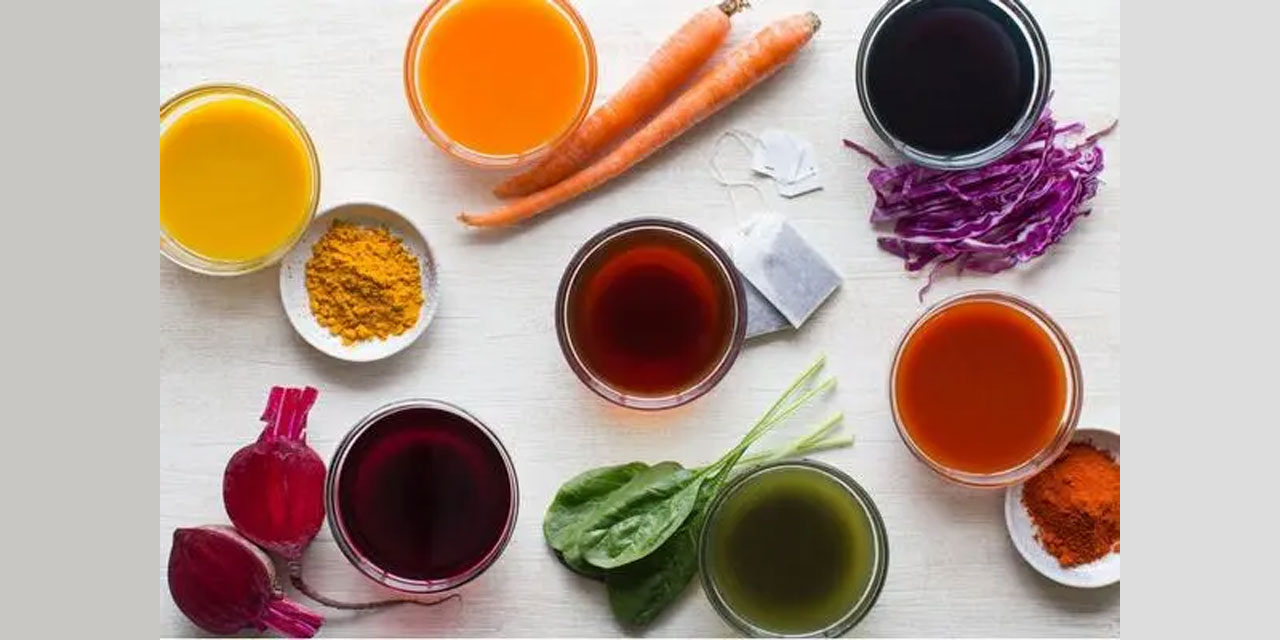
Cosmetic colors have begun their successful journey for ages. The malachite green vibrance of eyeshadows and lips glowing in crimson have all been a part of human skin care. Back in ancient times, ie. 4000 BC, the Sumerians, and ancient Egyptians brought techniques to create makeup. There is a vibrant range of colors with lovely shades in semiprecious stones, clay, paprika, turmeric, seaweed extracts, etc. These have influenced the method we adopt to produce cosmetics nowadays.
With the years, the materials utilized to create color have changed. The content of lead and copper had risen in the 1800s which got replaced with Zinc oxide. The coal tar dyes back in the 1900s are regulated at the present. However, many dyes still report containing toxic heavy metals and other materials. Hence to make sure we use products that have safe color additives, natural color-adding agents are ideal.
Also Read: What Are The Best Paint Raw Materials
Why Choose Natural Colourants for your skincare?
Earlier, as discussed, synthetic dyes prevailed as colorants in sectors such as pharmaceuticals, food, and cosmetics. Synthetic colourants have disadvantages and problems since they are not eco-friendly. They have carcinogenic properties, and they are not biodegradable. They are also termed Xenobiotics. Synthetic dyes such as Azo dyes have the worst effects on human health. These reasons force people to use natural pigments as additives. They are obtained from plants, animals, or microorganisms. The natural pigments commonly in use are microbial pigments and plant pigments. Due to some ethical concerns, animal pigment use is restricted. Natural pigments are the ingredients you extract directly from animal or plant products, hence they are safe to use compared to the harmful colorants produced synthetically.
Also Read: Castor Oil Price In India: All you Need To Know
Top Natural Colorants used in Cosmetics
The widely used ingredients in cosmetics include various Carmine products like red carmine, purple carmine, pink carmine, Annatto seed powder, and Beta Carotene for amazing colors. Apart from these ingredients, there are several other natural color additives used in advised proportions in your wide range of daily personal care products like eyelashes, eyeliners, lipsticks, lotions, gels, face and body creams, moisturizers, powders, and so on.
Since the Annatto seed powder and the beetroot juice possess a high bright red color, they are usually used to make herbal lipsticks. Also, henna is being used to largely make hair care products for natural hair color. Since they are non-toxic compared to synthetic colorants, they have skin benefits. Natural Colorants Suppliers In India distribute these dyes and pigments in safe concentrations to cosmetic companies to augment their cosmetic manufacturing process.
Alkanet
Alkanna Tinctoria Root Extract is a herb and belongs to the Borage family. The Alkanet roots give you darker shades like dark red pigment. It is hydrophobic, and the major chemical pigment is Alkannin. The flowers of this plant are blue colour and have a blue-red inside color with a white core. The chemical in its root is called Alkannin, and it is well soluble in oil, ether, and alcohol. They contain pyrrolizidine alkaloids– these are soluble in water, but toxic if utilized for internal uses in large quantities. For lip formulations, you can use oil macerates and prevent alkanet powder or glycerites, since they may not be suitable for lips.
Annatto
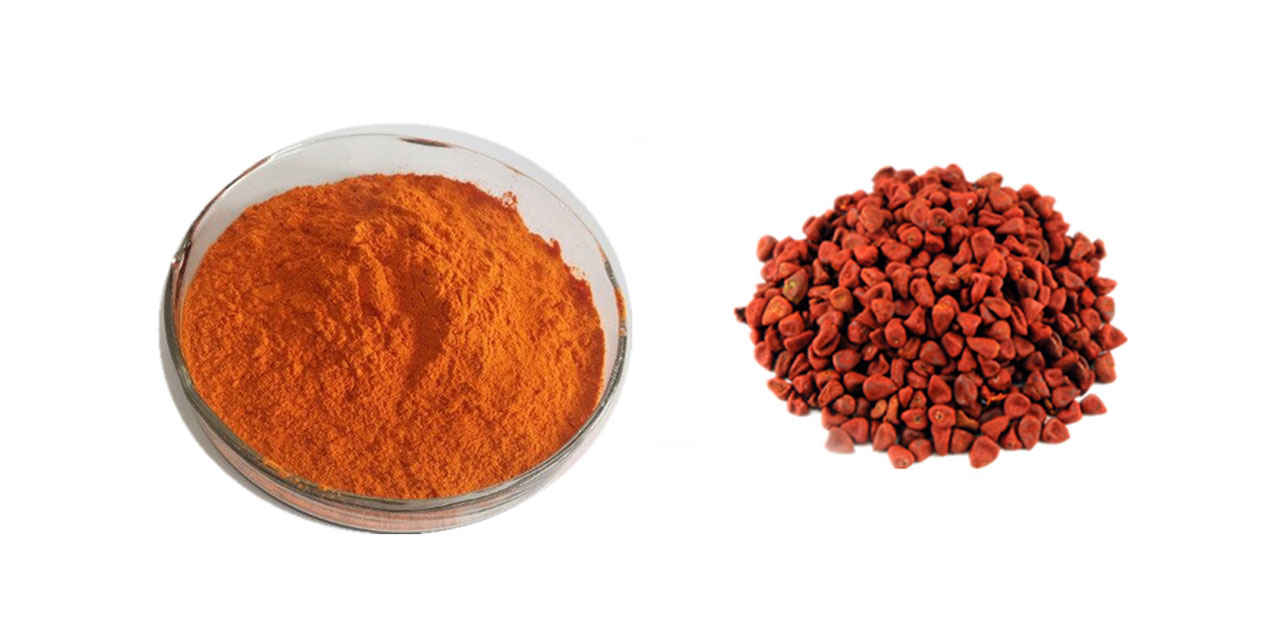
This is a yellowish-orange pigment you derive from Bixa Orellana, an evergreen shrub. It lacks stability under acidic and light conditions. Apart from cosmetics, it is also used in the food industry to color food products, snacks, baked goods, and cheese.
Beetroot
Beta vulgaris or extract is another excellent coloring agent which is hydrophilic in terms of solubility. The major chemical pigment used in the colorant is Betanin and it is high in red color. This is a popular colorant used in water-based cosmetics. Betanin degrades while exposed to light, oxygen, and heat. When you blend the beetroot powder with the liquid glycerine, you can produce a high pink or red glycerite solution. This finds applications in tonics, emulsions, or water-based gels. Since it is water soluble it doesn’t work with the oil macerations.
Chlorophyllin CU Complex
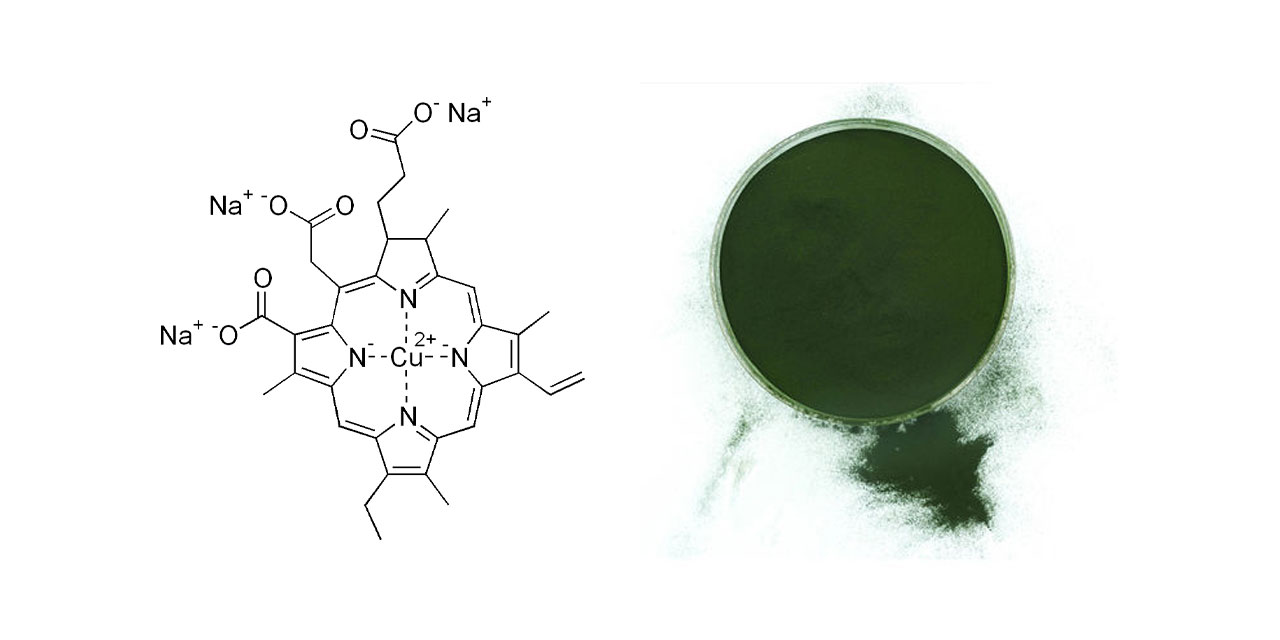
You can extract this green color from Alfalfa. It is produced from Chlorophyllin and has a central copper atom that gets replaced with Magnesium. This ingredient is stable with light and alkali. However, it precipitates into sodium salt under acidic exposure. In some countries like the US, its use is restricted to only dentifrices.
Carmine
This is a chemical lake and is highly used in the cosmetics segment. The coloring principle used in Carmine acid is adsorbed with the alumina substrate. The ingredient has an attractive blue shade of red, it stands extremely different from the other natural dyes. You get this from the dry cochineal female beetle extract in Peru. To make 1kg of Carmine, you need about 155000 beetles.
The Carmine has great light stability and lacks stability in acidic conditions with temperatures around 60 degrees Centigrades. Since Carmine is a chemical lake, it gets broken down in the bases and acids, to release Carminic acid. Carmine is useful in eyeshadow and eyeliners since it has a red brick shade.
When the products claim to have no animal-derived ingredients, Carmine cannot be considered. The HT carmines are highly used colorants in cosmetics since they offer great yellow and red shades. In the cosmetics industry, red lip pastes and face pastes are traditionally named ‘Carmine’.
You can use Carmine in face powders, lipsticks, eyeshadows, enamels, eye pencils, make-up bases, etc. For quality cosmetics, they use high-purity Carmine since it matches well with the patterns of color and quality expected. Also, a pigment called Purple Carmine is used however only in minimal frequency.
Henna
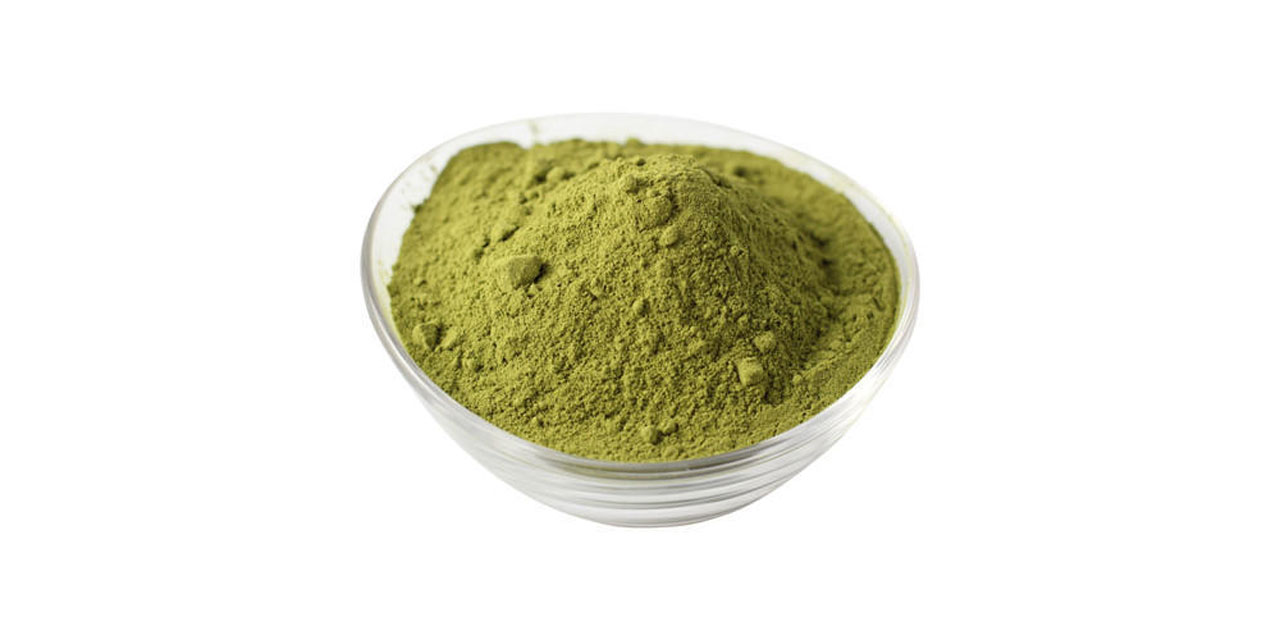
This dye is extracted from natural henna plants. Its use is restricted in some countries to only hair applications for dark hair. The use of ingredients in eyelashes is prohibited since it can cause eye irritation.
β-Carotene
This is a yellow-to-orange dye you obtain from the fungus called Blakeslea Trispora. It also beholds high stability with acid, heat, light, and alkali.
Caramel
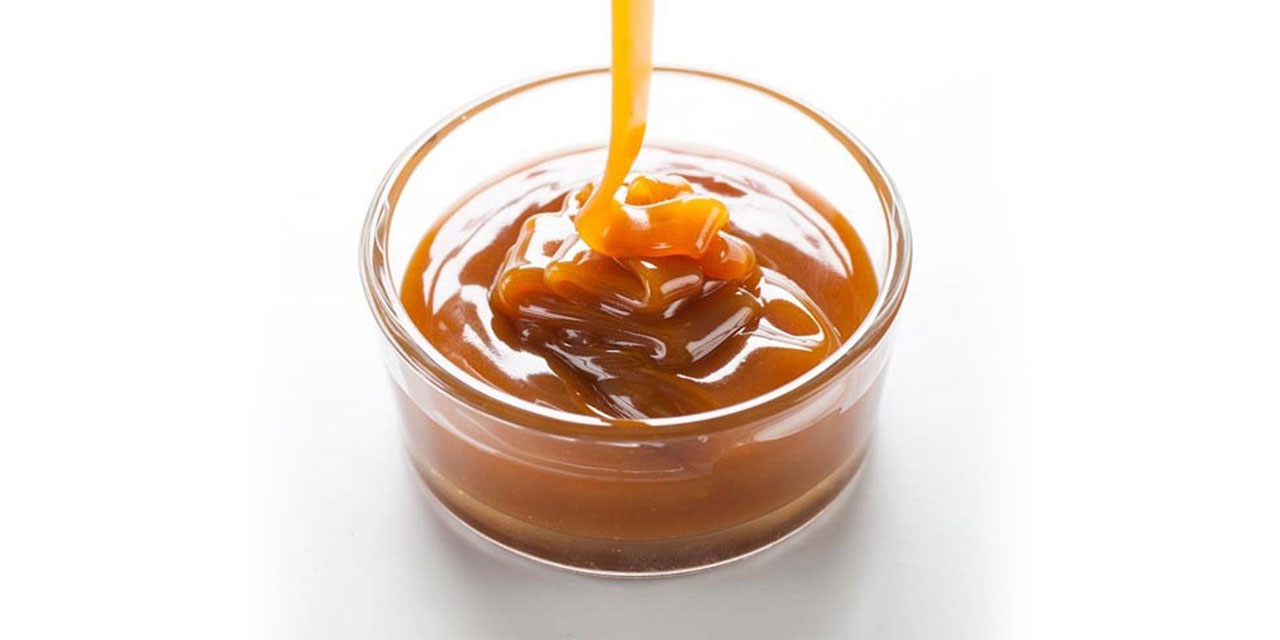
You burn sugar to get a brown colorant called Caramel. It possesses high-end stability to heat and light. They are also stable in alkali and acid systems.
Guaiazulene
The ingredient is a component of Chamomile and is derived from Azulene. This is a blue color and is used in some countries only for external uses. It means this should not be used with direct contact with the mucous membranes. Hence it should not be used on lips or eyes. This is a highly expensive ingredient in cosmetics.
Guanine
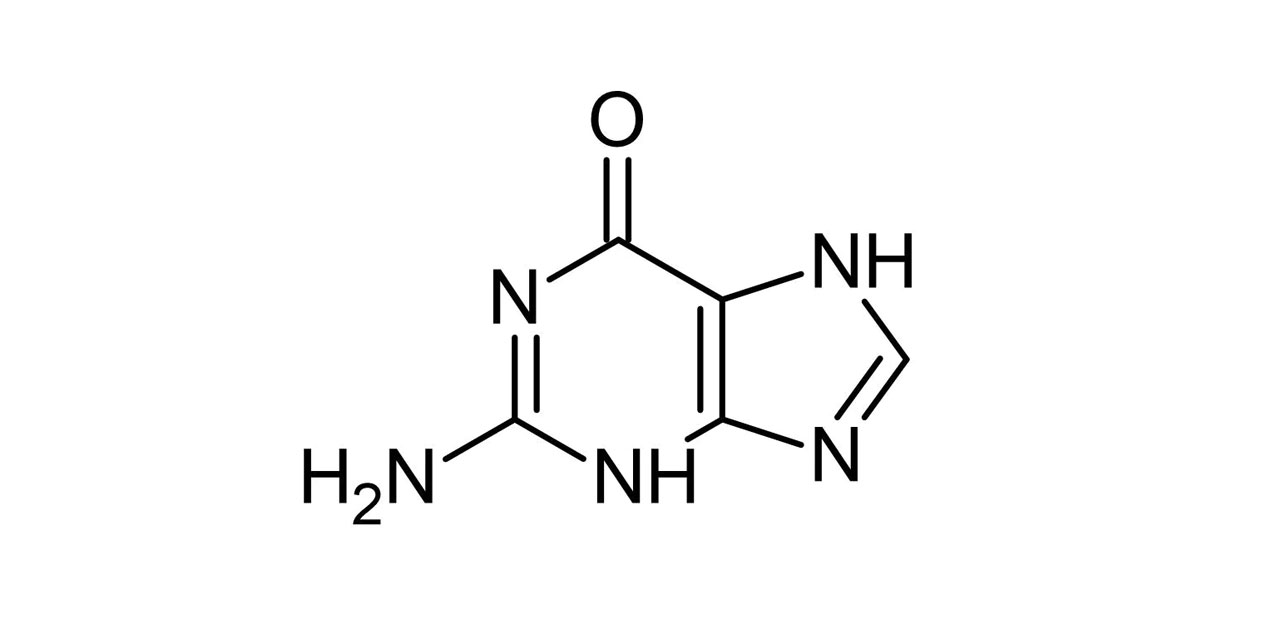
Being a natural pigment and pearl product, Guanine is highly attractive. This pearl pigment can be obtained from salmon, herring, or sturgeon scales. They are fragile and the crystals should be managed with care since the structure can easily break. They make ideal water solvent material and are hence best used in liquid and cream cosmetics. This ingredient also has a limited cost and it is not a vegan ingredient, similar to Carmine.
Bixin and Norbixin
These are best used in the cosmetics sector. They are both the natural colors you derive from Annatto seed pulp. Bixin is liposoluble, and you can use it in products that demand a shade between brown and yellow.
While Norbixin is a well-used coloring agent you fetch from the water-soluble Annatto. It has a yellowish-red or brownish shade. Both these colorants are used widely in cosmetics businesses to manufacture lipstick, cream, insect repellent lotions, natural soap colors, and sun tan lotions.
Also Read: What is Linoleic Acid: All You Need To Know
Conclusion
You might have got a brief understanding of natural pigments and how they are being used in cosmetics. It is important to make sure that these colorants are used in adequate amounts and of the right quality since it affects the human skin type otherwise. Hence, only an experienced cosmetic colorant supplier can ensure they provide the quality ingredients to make the cosmetics safe to use.
Bansal Trading Company, the leading distributor of natural colors for cosmetic products, makes sure that the quality standards and the preferences of the businesses are successfully met. Apart from the cosmetic colorants, Bansal Trading also engages in the distribution of various chemicals, raw materials, and pigments for various businesses to help produce quality-centric end products.
BTC_WEB_ADMIN




